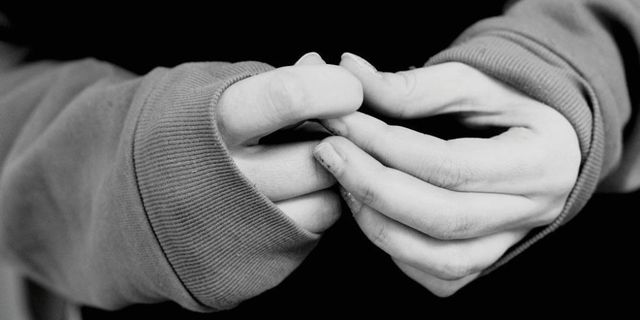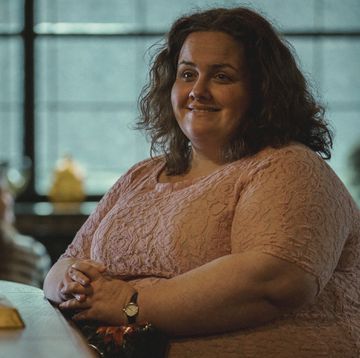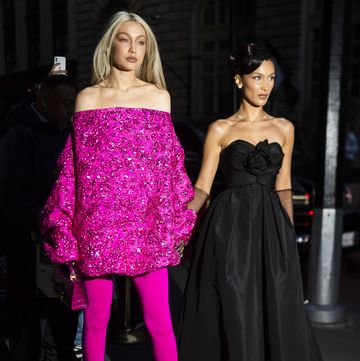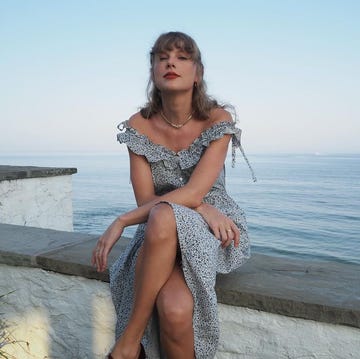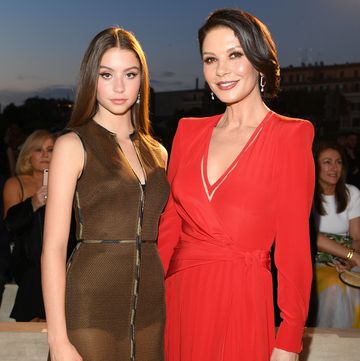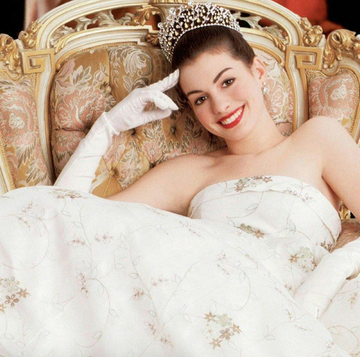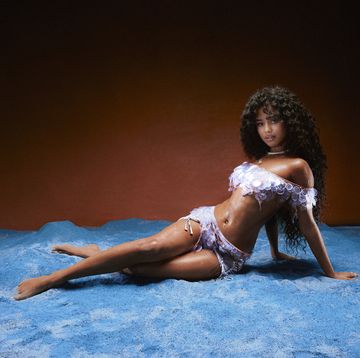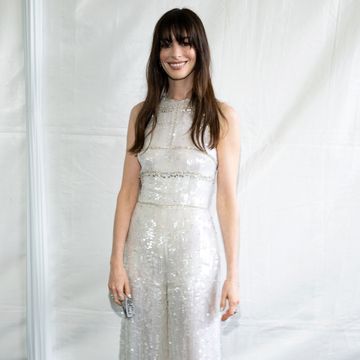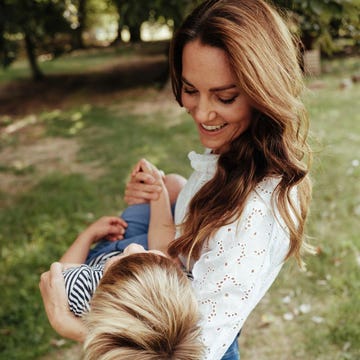What has changed for women in the developed world in the last 100 years?
We have been granted suffrage across the first half of the century.
And sexual liberation in the second, through mass distribution of modern contraception.
Pay has got a lot better and promotions are more abundant, though there is still a long way to go before we've got a level playing field.
But, there is something that is still not guaranteed, or affordable, available, legal, safe and free from stigma and that is widespread access to abortion.
In the UK, Goverment cuts mean that abortion providers must now turn away Irish women seeking help.
In Ireland, women at their most vulnerable need to take an illegal and expensive journey to take agency over their own body.
In the US, a women's rights differ greatly from state to state.
The Oklahoma House Public Health Committee has advanced a bill that requires women to obtain written consent from their partners before undergoing an abortion, after the proposal's author referred to pregnant women as 'hosts'.
15 states across the country have a 20-week limit to abortions (which goes against the 1975 Roe vs Wade ruling of a 22-24-week limit).
Here is a more detailed list of the difference regulations in different states.
It seems the weight of unwanted pregnancy still burdens women around the world, much like the ball and chain Margaret Sanger put on the cover of The Birth Control Review in 1917.
Margaret Sanger was the pro-life woman who founded Planned Parenthood.
She founded The Birth Control Review and edited it until 1927 and used it to argue the case for modern contraception.
Sanger was a trailblazer and very liberal for her time, this meant that although she bravely distributed material discussing the deeply taboo subject of unwanted pregnancy, she did not agree with abortions and was a proponent of Eugenics.
Nonetheless, Sanger published women's letters from around the country in her review, in the hope of evidencing normal, loving, responsible women as wanting terminations.
You can read the letters for yourself here.
One opens, 'I am a poor married woman in great trouble and I'm writing to you for help I was married In June 1915 and I have two children little boy 21 months & a girl 4 months and I will be only 17 years old this month and I'm in the family way again and I'm nearly crazy for when my husband finds out that I'm going to have another baby he will beat the life out of me .'
Callie Beusman at Vice's sister site Broadly, took these letters and placed them side-by-side with emails written today.
Beusman got in contact with Women on Web, the abortion-by-mail service located in the Netherlands, to help her prove that not much has changed since Sanger's heart-wrenching correspondences.
Women on Web released some of their own correspondence with distraught American women with Beusman for her article.
One read, 'I am in need of help desperately. I am pregnant and cannot have this baby. My husband is very abusive and did it on purpose because I want to leave. I need help... Please help me.'
Not so different from the letter in 1917, is it?
Just like in the early nineteen-hundreds, women today attempt home 'remedies' to complete a termination if a safe one is not available.
This is from 1923, 'Every time I get that way, I always take everything I can to get out of it, and it never helps me any, only hurts my health'.
And this is from today, 'I tried taking parsley and vitamin C at 10 weeks, added dong quai and black cohosh a week later, trying an herbal abortion. It didn't work...I started punching myself in the stomach repeatedly for two days.'
Times have changed a lot since the turn of the last century, but perhaps not enough.
Daisy Murray is the Digital Fashion Editor at ELLE UK, spotlighting emerging designers, sustainable shopping, and celebrity style. Since joining in 2016 as an editorial intern, Daisy has run the gamut of fashion journalism - interviewing Molly Goddard backstage at London Fashion Week, investigating the power of androgynous dressing and celebrating the joys of vintage shopping.
